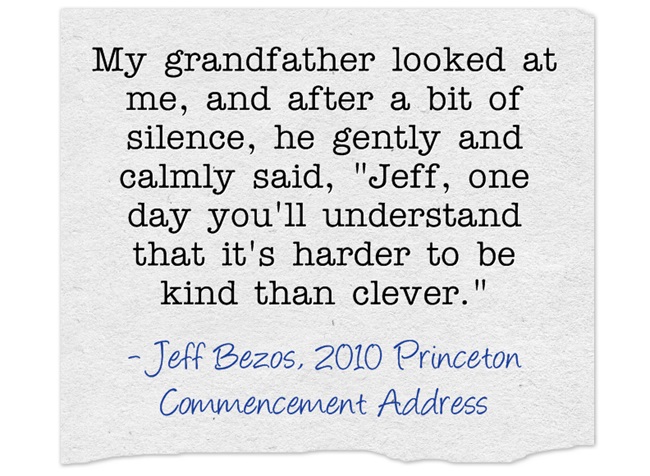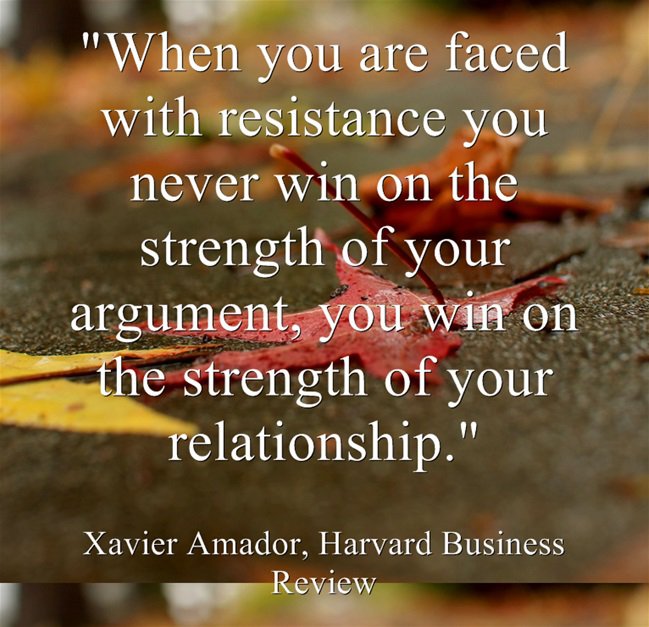
When I was in college, many years ago, a statistics course was required in my nursing program at Emory University. It was essentially a non-math course, more on critical thinking. The textbook was Darrell Huff‘s classic How to Lie With Statistics.
If you haven’t read this little book, you should at least track down some of the quotes from it:
“If you can’t prove what you want to prove, demonstrate something else and pretend they are the same thing. In the daze that follows the collision of statistics with the human mind, hardly anyone will notice the difference.”
“Nothing has been falsified—except the impression that it gives.”
“Even if you can’t find a source of demonstrable bias, allow yourself some degree of skepticism about the results as long as there is a possibility of bias somewhere. There always is.” – Darrell Huff
A fairly naive, trusting girl from a small Southern town became a bit more savvy after reading that book. Savvy but not yet skeptical.
The skeptical came and went with the years following.
When we lived overseas, local friends often broached the topic of American politics, a much less threatening topic than talking about their own government. Because I thought I knew our government, I would wax on about the positives of living under such a one. Our friends would smile at the seeming absurdity that our politics were less corrupt than their own.
Then we came home to the US…
I’m learning more and more about spin…or turning a message to the advantage of the one delivering it.
“I would define spin as the shaping of events to make you look better than anybody else. I think it is . . . an art form now and it gets in the way of the truth.” – Benjamin Bradlee
Definition of Spin – Richard Nordquist
We’ve been back stateside many years now, and I have come to realize that none of us are immune to using spin to persuade. We can actually become very expert at it, almost without knowing. In fact, to be both honoring and honest, we must be vigilant and guarded regarding spin. In both avoiding its use and not reacting to its use. How might we react? Two negative ways: either becoming morally outraged because it smacks of lying, or by our own slick checkmate spin in return. Neither of these move the conversation or relationship to a healthy place.
The “What you see is what you get” kind of integrity sounds really old-fashioned these days. Not even smart. We are bombarded by messaging that sounds so true, so right (or so wrong it has to be true). We sometimes miss or disbelieve the bias that also exists.
Somewhere between the truth and a lie, there’s “spin.”…You too can spin if you look at data, filter it through your biases, and preach it like gospel. The rationale is that it isn’t really lying, just putting a bias on what is already true. So what’s wrong with it? – Mark S. Putnam
Before you choose to spin yourself into trouble, understand that in the context of ethical communication, you should be clear, truthful, and honest in what comes out of your mouth. Spinning is like any other kind of dishonesty, it’s wrong. It makes good old fashioned lying sound clever and trendy. It can be said that stupid people lie and smart people spin. – Mark S. Putnam
Ethical Communications: Spinning the Truth – Mark S. Putnam
Some authors use very different words to describe spin…
There is a difference. And in my view, a critical difference. It is this: lying is cynical and deliberate disregard for the truth; spinning is benign disregard for the truth that never employs false facts.He further speaks of the origin of spinning: misdirection. (“Okay, other than that, Mrs. Lincoln, how was the play?”) Focus attention away from the unpleasantness onto something positive, even preposterously positive — without lying. Or maybe focus on something more negative as misdirection. Macdowell takes the high road on distinguishing spinning and lying (and if you read the rest of his take, you may also). He concludes with: “We’re a better people when we have a nose for spinning and know how to challenge it on the merits.”
Spinning Versus Lying – Kendrick Macdowell

Unlike spiders who rarely get caught in their own or other spiders’ webs, even the best spinner of deceit can eventually be exposed. Spin happens. Sometimes over the course of a career, when ambition or fear of failure prompts us to color our findings, or message, in a favorable direction. Wisdom for all of us is to recognize spin, and to reckon that we are all vulnerable to its use or misuse. Wisdom is not calling it lying and also not extolling it as smart. Wisdom is to discipline our communications by being tireless students of our community, our company, the market… and then bring as truthful message as we can that has benefit for all involved.
[Have you had the occupational hazard of needing to use spin in a situation? Or have you been more on the receiving end of a spin campaign? Help us learn from your situation by commenting below.]
YouTube Video – Harry G. Frankfurt: On Bull****
CNLP 178: Scott Sauls on Unhealthy Ambition, Envy and Isolation in Leadership – Carey Nieuwhof
YouTube Video – What Is SPIN? What Does SPIN Mean? SPIN Meaning, Definition & Explanation




















